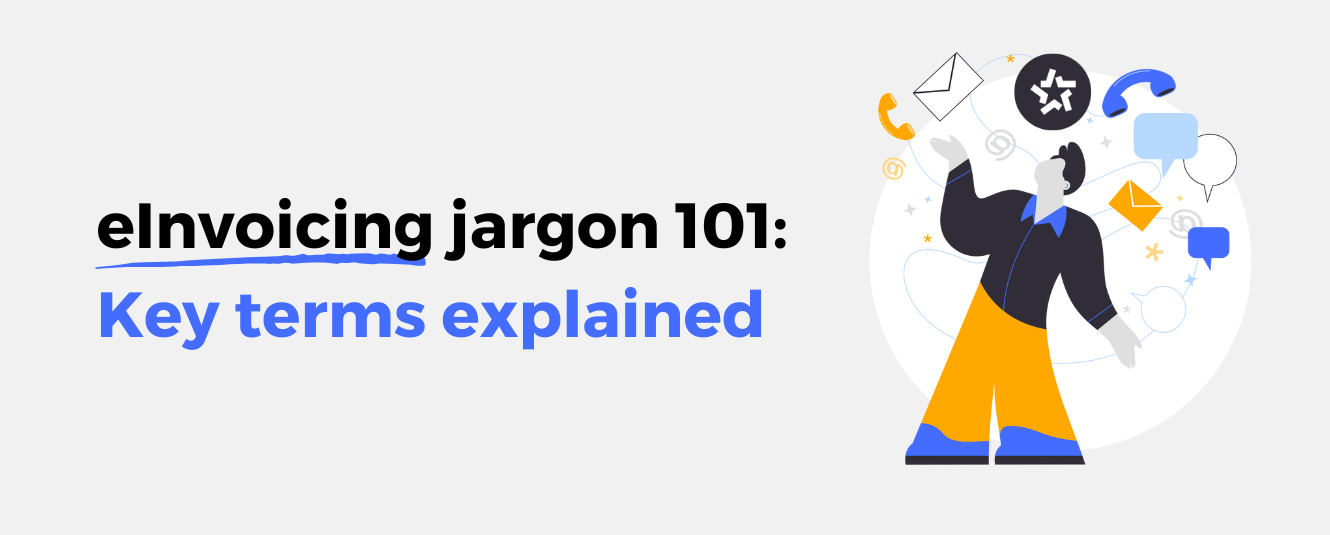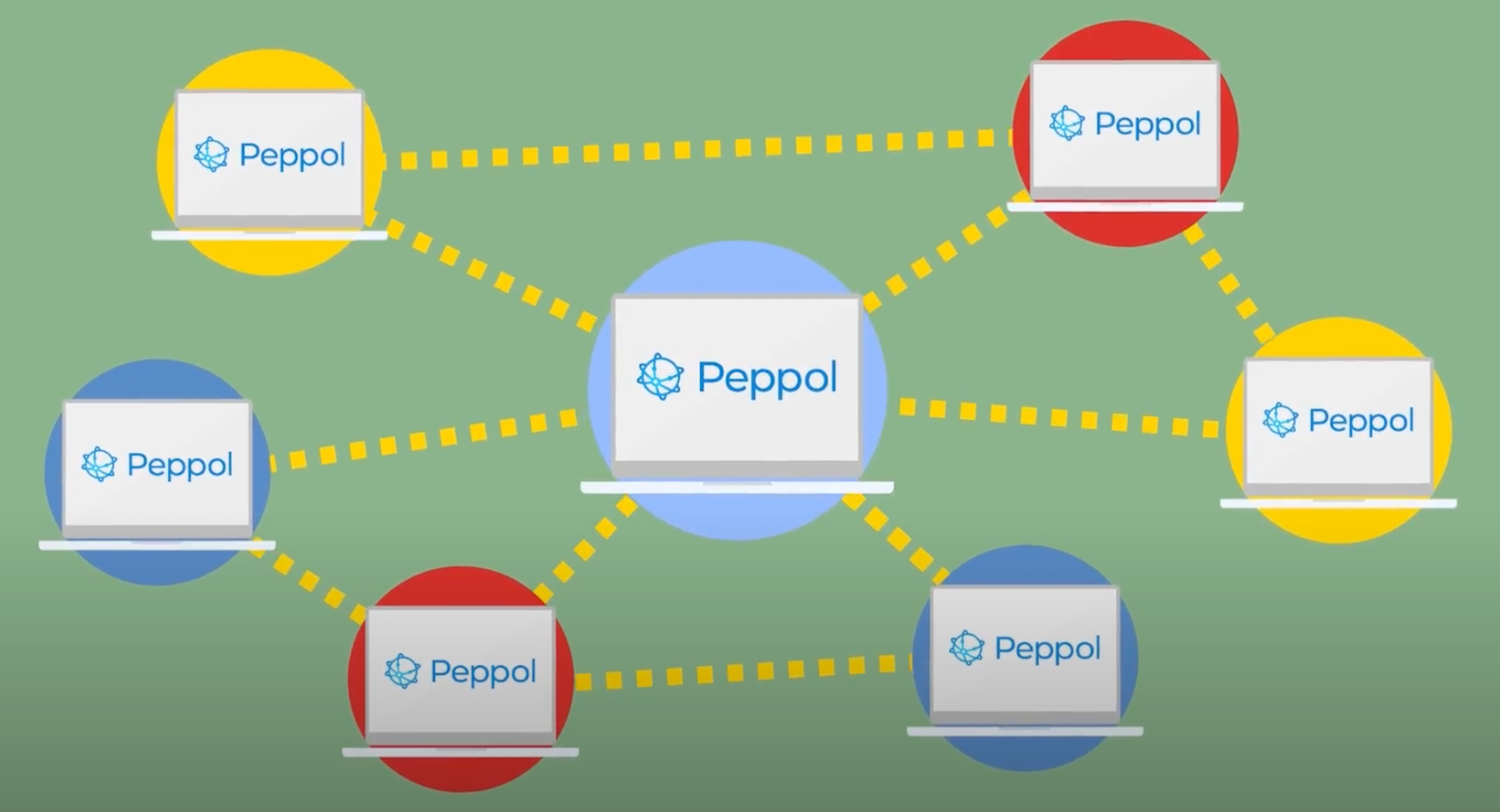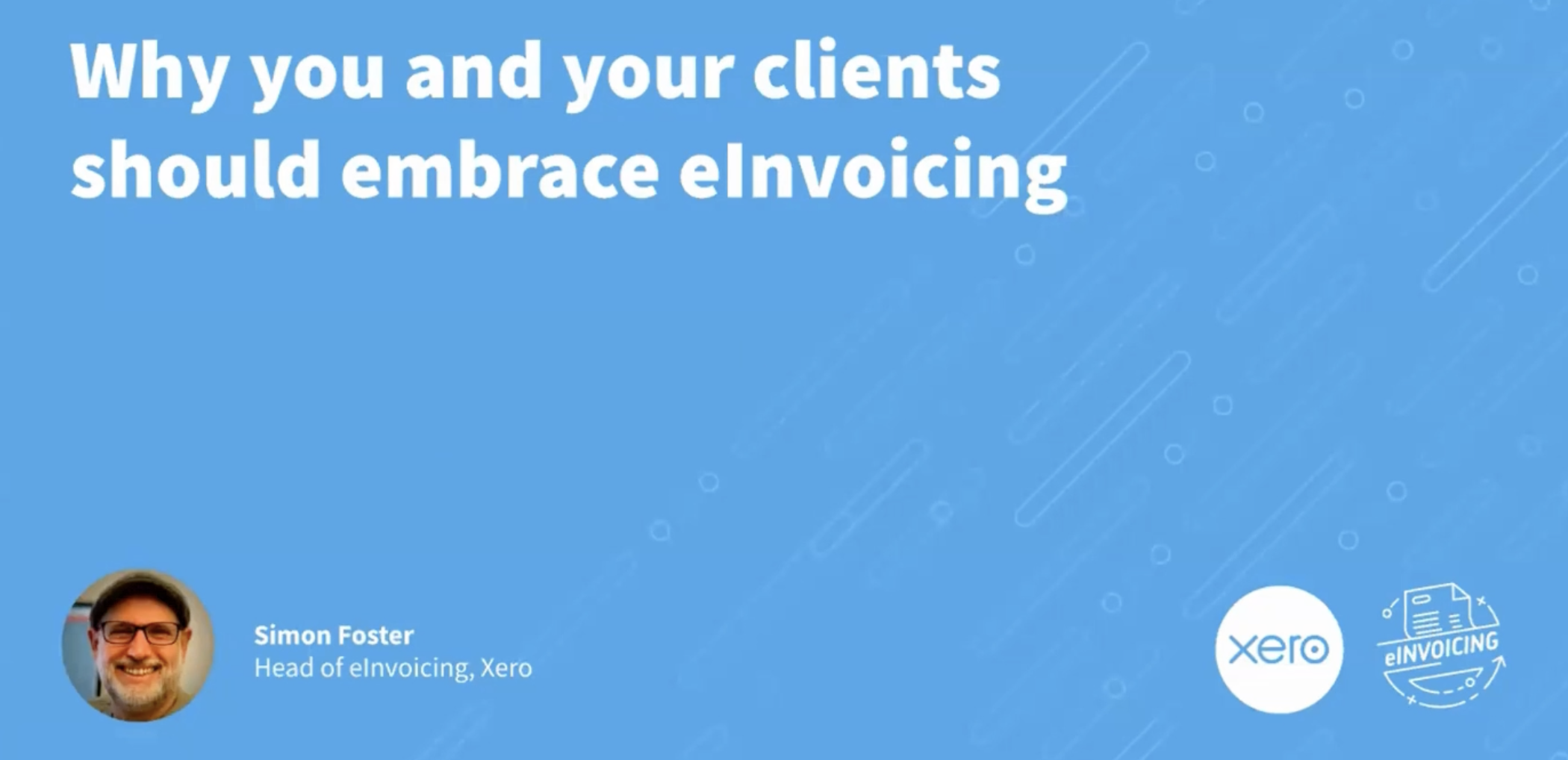eInvoicing jargon 101: Key terms explained

eInvoicing is fast becoming the global standard for sending and receiving invoices, thanks to its enhanced security, efficiency, faster payment processing and many other benefits.
But if you’re new to the world of eInvoicing, making sense of all the jargon can seem daunting.
In this guide, we’re demystifying the common terms you might come across to help you get started on your eInvoicing journey.
Access Point
An Access Point (or Peppol Access Point) is a software that can connect others to the Peppol network and exchange documents via the required standards/protocols and in accordance with the necessary regulations.
Access Point Provider
An Access Point Provider, also known as a Peppol Certified Service Provider, can exchange documents across the Peppol network as well as facilitate connection to the Peppol network.
API
API stands for Application Programming Interface. An API is a software interface that allows two or more applications to communicate with each other.
AS4
AS4 stands for Applicability Statement 4. AS4 is the message transport protocol used in the Peppol network. AS4 replaced AS2 on Feb 1st 2020 as the mandatory transport protocol between Peppol Access Points.
B2B
B2B stands for Business-to-Business. In the context of eInvoicing, B2B refers to the digital exchange of invoices between businesses via the Peppol network.
B2C
B2C stands for Business-to-Consumer. In the context of eInvoicing, B2C refers to the digital exchange of invoices between a business and their individual (non-business) customers.
B2G
B2G stands for Business-to-Government. In the context of eInvoicing, B2G refers to the digital exchange of invoices between businesses and government entities.
CEF
CEF stands for CEF Connecting Europe Facility. The Connecting Europe Facility (CEF) program, is an initiative by the European Commission aimed at promoting secure and interoperable electronic data exchange between public administrations, businesses, and citizens across European Union (EU) member states. The primary goal is to enhance cross-border and cross-sector interoperability in the exchange of electronic documents and data.
By promoting standardised and secure electronic data exchange, CEF eDelivery aims to contribute to the development of a Digital Single Market within the European Union, fostering economic growth, innovation, and efficiency in cross-border transactions. It aligns with the broader objectives of the European Digital Agenda and the Digital Single Market Strategy.
CTC
Continuous transaction controls (CTC) are a set of processes that enable law enforcement agencies, such as tax administrations, to view real time or near-real time financial data relating to business activity in their countries.
Several countries are currently implementing CTC to fight VAT (Value Added Tax) fraud and underreporting.
eDelivery
eDelivery is an all-encompassing term that refers to electronic documents transmitted via the Peppol network..
EDI
EDI, or Electronic Data Interchange, refers to the electronic exchange of business documents and information between trading partners in a standardised and structured format.
EDI eliminates the need for paper-based documents and manual data entry, streamlining and automating business processes across organisations.
EDIFACT
EDIFACT (Electronic Data Interchange for Administration, Commerce, and Transport) is an international standard for electronic data interchange (EDI) used in the exchange of business documents between trading partners. EDIFACT provides a set of standardised messages in a structured format that enables the computer-to-computer exchange of information related to various business processes, including eInvoicing.
eInvoicing
eInvoicing, or electronic invoicing, refers to the process of creating, sending, receiving, and processing invoices in a digital format. Unlike PDF or paper invoices, an eInvoice is sent directly from one piece of software to another with no manual handling required – offering a fast, secure and cost-effective way to send and receive invoices.
eProcurement
eProcurement, or electronic procurement, refers to the use of electronic systems and technologies to manage and streamline the procurement process within an organisation. The traditional procurement process involves various manual steps, paperwork, and communication, which can be time-consuming and prone to errors. eProcurement aims to automate and optimise these processes, leading to increased efficiency, cost savings and better management of the procurement lifecycle.
Four-Corner Model
The model that Peppol uses to facilitate electronic transactions. There are four components (or ‘corners’) involved in this model:
- The Sender
- The Receiver
- Sender’s Access Point
- Receiver’s Access Point
The Four-Corner Model works as follows:
Step 1: The Sender transmits their message via their Access Point to their service provider within the Peppol network.
Step 2: The Sender’s Access Point locates the Recipient in the Peppol Network via their Peppol ID.
Step 3: The Sender’s Access Point passes the message to the Recipient’s Access Point, which the Recipient then receives.
Step 4: The two Access Points confirm that the message has been transmitted successfully.
IP
IP stands for Internet Protocol. IP is the set of rules governing the format of data sent via the internet or a local network.
ISO
ISO stands for International Organization for Standardization, an independent, non-governmental international organisation with a membership of 170 national standards bodies.
ISO brings together experts to develop International Standards that support innovation and help solve global challenges.
ISO 6523
ISO 6523 is a standard that specifies a structure for globally identifying organisations for the purpose of information exchange. A list of identifiers currently used in Peppol is available here.
JSON
JSON stands for JavaScript Object Notation. It’s a file format used for storing and transporting data which is easy to read and write by humans and machines. An alternative to XML, JSON is an increasingly common file format used for eInvoicing.
KYC
KYC stands for Know Your Customer/Know Your Client. KYC refers to the process of identifying and verifying a client’s identity. This is a mandatory process in the financial services industry.
OpenPeppol
OpenPeppol is the global non-profit organisation that oversees Peppol. OpenPeppol is responsible for the development, implementation and maintenance of the Peppol network.
Peppol
Peppol stands for Pan European Public Procurement Online. It is a set of global technical specifications that facilitates the digital exchange of electronic documents.
Peppol integrates business processes by standardising the way information is structured and exchanged. Whether you are sending invoices or handling other business transactions, Peppol delivers a shared digital language for organisations all over the world. Peppol is a non-profit organisation.
Peppol Authority
A Peppol Authority is a regional authority that is responsible for setting local regulations and overseeing Peppol accreditation.
Peppol BIS
Peppol BIS (Business Interoperability Specification) defines standardised formats and structures for various procurement-related documents, such as invoices, purchase orders, and shipping notices. This standardisation promotes consistency and interoperability, allowing different organisations and systems to understand and process the documents effectively.
Peppol ID
Peppol IDs, or Peppol Participant Identifiers, are unique identifiers assigned to organisations or entities that participate in the Peppol network. The Peppol Participant ID is used to uniquely identify each trading partner within the network and is a crucial component for the secure and standardised exchange of electronic documents, such as invoices and purchase orders.
Peppol Reporting
From January 1st 2024, all Peppol Access Point providers must submit monthly statistics reports to OpenPeppol. There are two monthly reports to be submitted:
EUSR details the number of end users you have served broken down by document type.
TSR includes the same breakdown – per document type – but details the other Access Points that you have exchanged documents with.
Learn more about Peppol reporting here.
PINT
Stands for Peppol International Invoice. PINT Billing has been developed by the OpenPEPPOL AISBL Post Award Coordinating Community as a template for creating globally interoperable invoice specifications.
PINT BIS Billing Specifications
This is the general data model for an invoice based on PINT, which can be used as a base for specialisations in various jurisdictions.
SaaS
SaaS stands for Software as a Service. SaaS is a software licensing and delivery model in which software is purchased on a subscription basis and is hosted centrally.
SDK
SDK stands for Software Development Kit. An SDK is a set of tools for third-party developers to use in producing applications using a particular framework or platform.
SMK
The SMK is the Service Metadata Locator (see below) for test scenarios. The SMK is only used to exchange files between Peppol Access Points with pilot certificates.
SML
SML stands for Service Metadata Locator. The SML is a service managed by Peppol. Each Service Metadata Publisher (see below) is registered in the SML.
SMP
SMP stands for Service Metadata Publisher. An SMP is a registry that stores receivers’ metadata such as their Peppol Identifier(s), document type receiving capabilities and which access point(s) they use to receive each document type.
VAN
VAN stands for Value-Added Network. A VAN is a hosted service network that enables businesses to exchange information, such as eInvoices, with each other.
VIDA
VIDA stands for VAT (Value Added Tax) in the Digital Age. VIDA is an initiative introduced by the EU to address the challenges of digital commerce and ensure the fair and efficient collection of VAT for businesses selling goods or services online to customers in the EU.
XML
XML stands for eXtensible Markup Language. It’s a markup language and file format for storing, transmitting and reconstructing data in a human-readable format. Like JSON, XML can be used as a file format for eInvoices.
If you’re looking to learn more about eInvoicing, we’re here to help. Get in touch with our team here.



